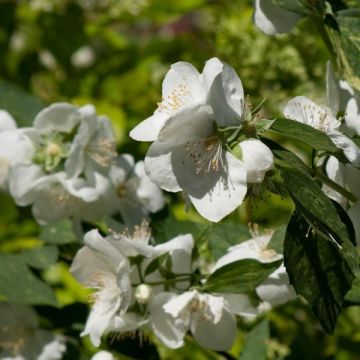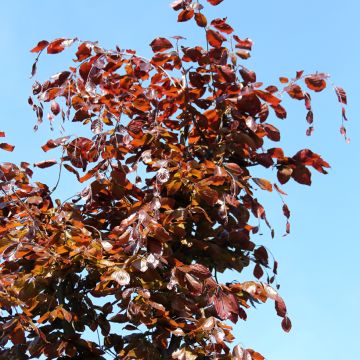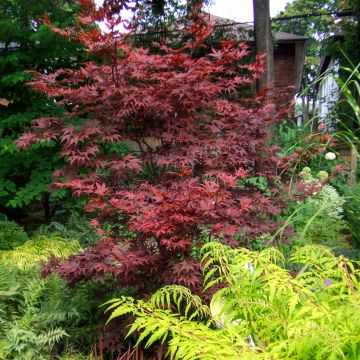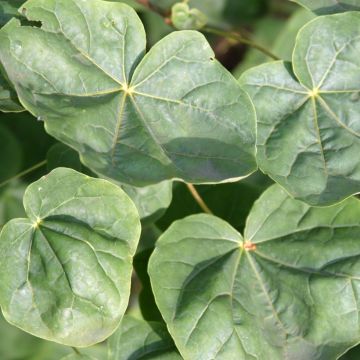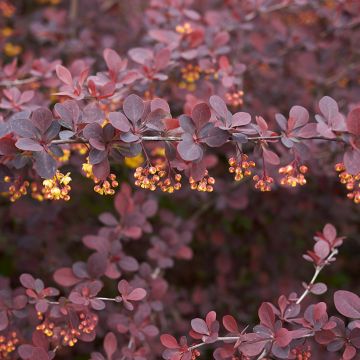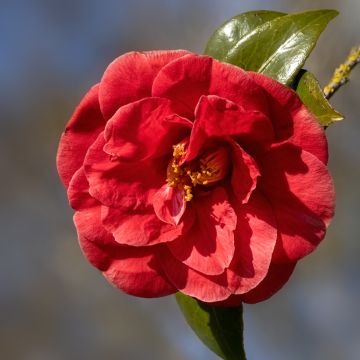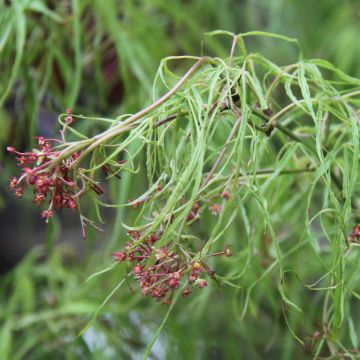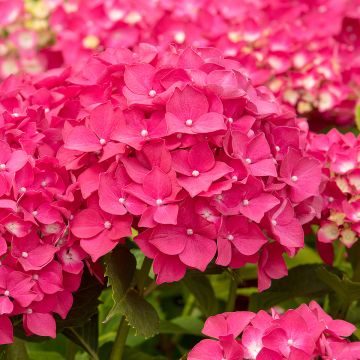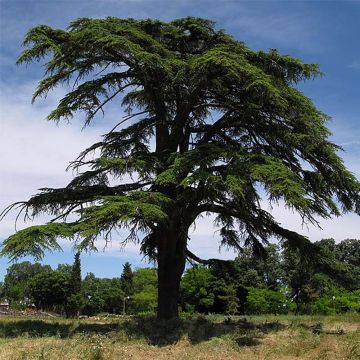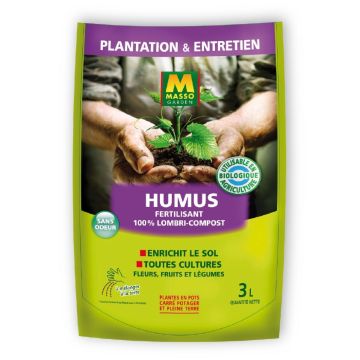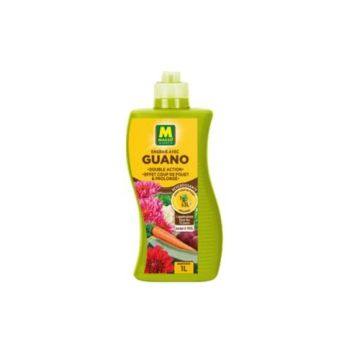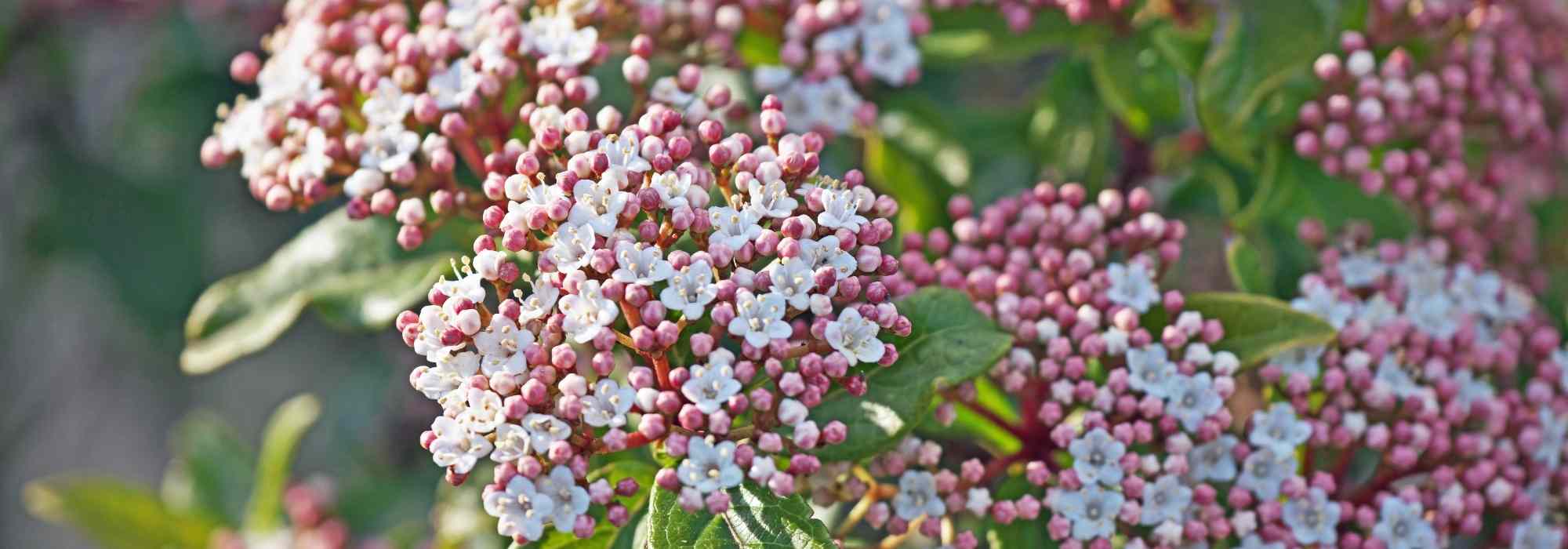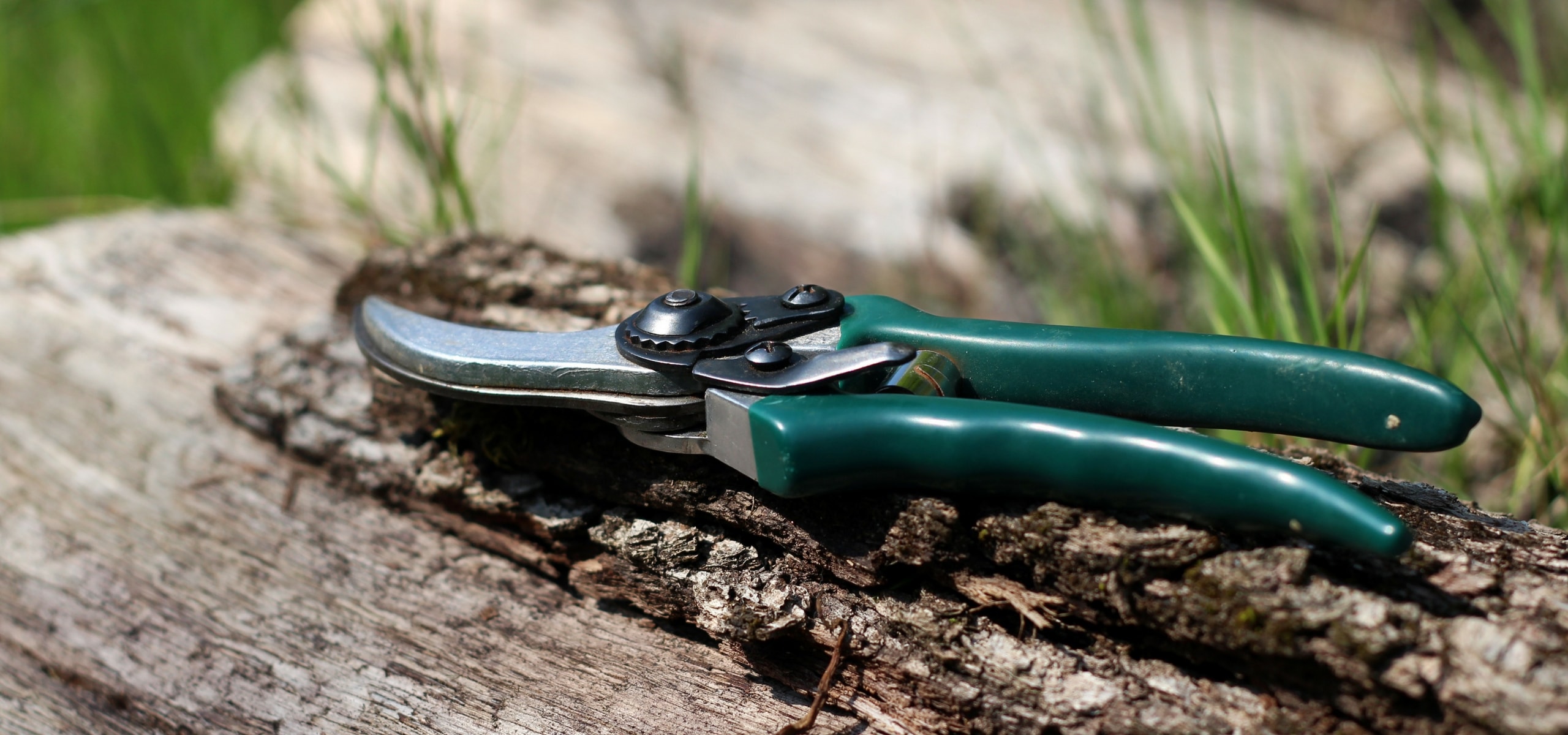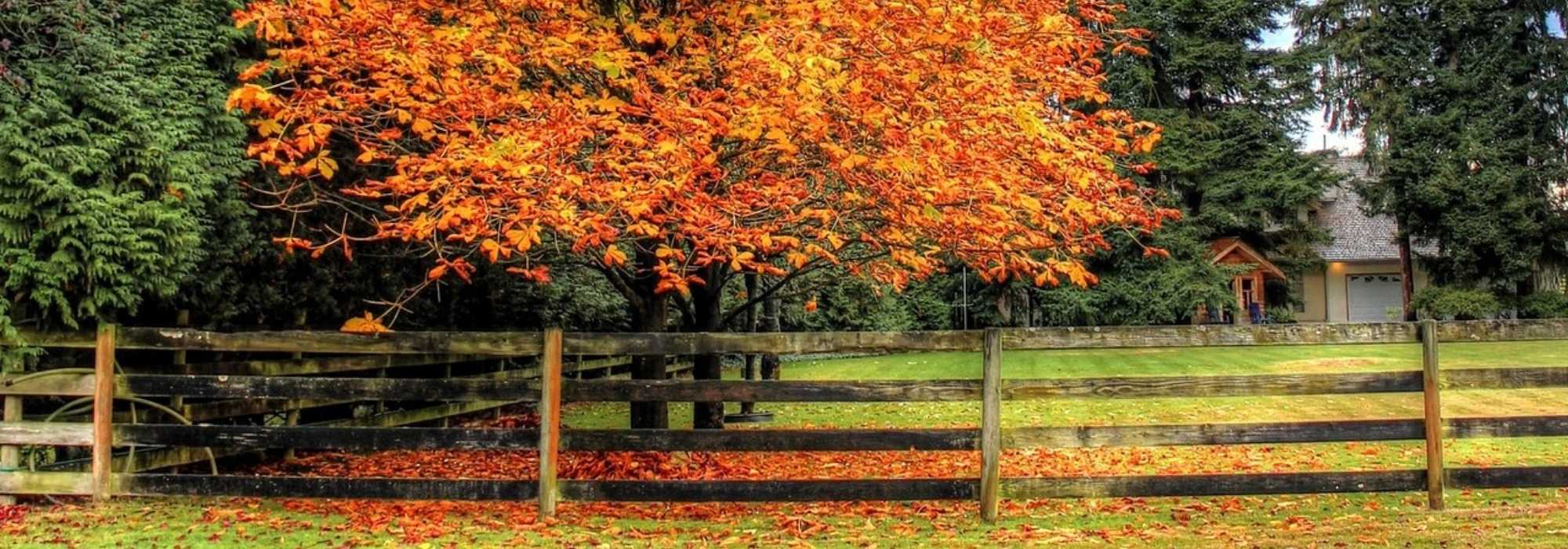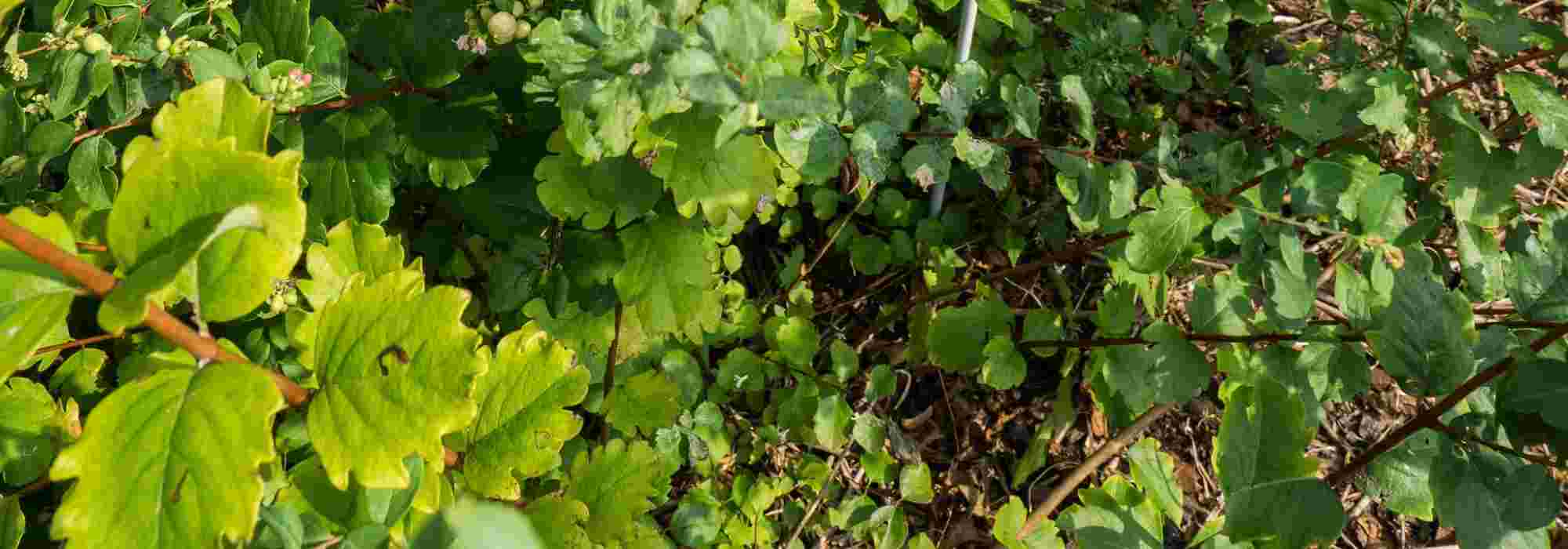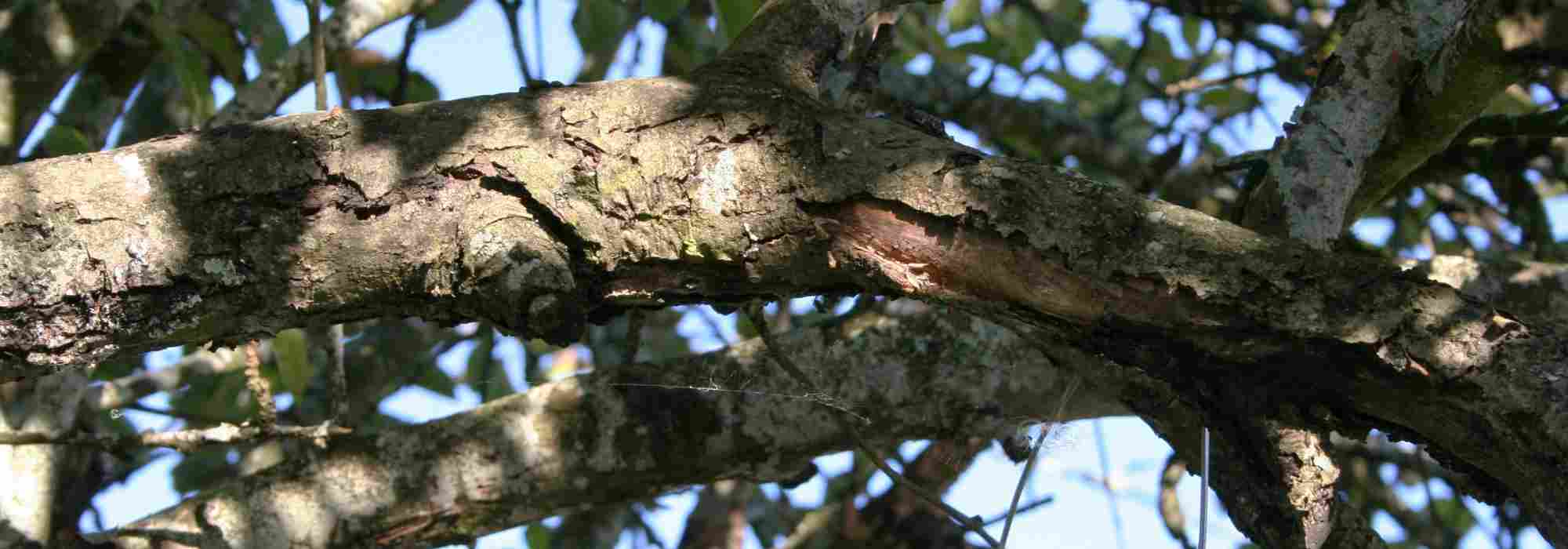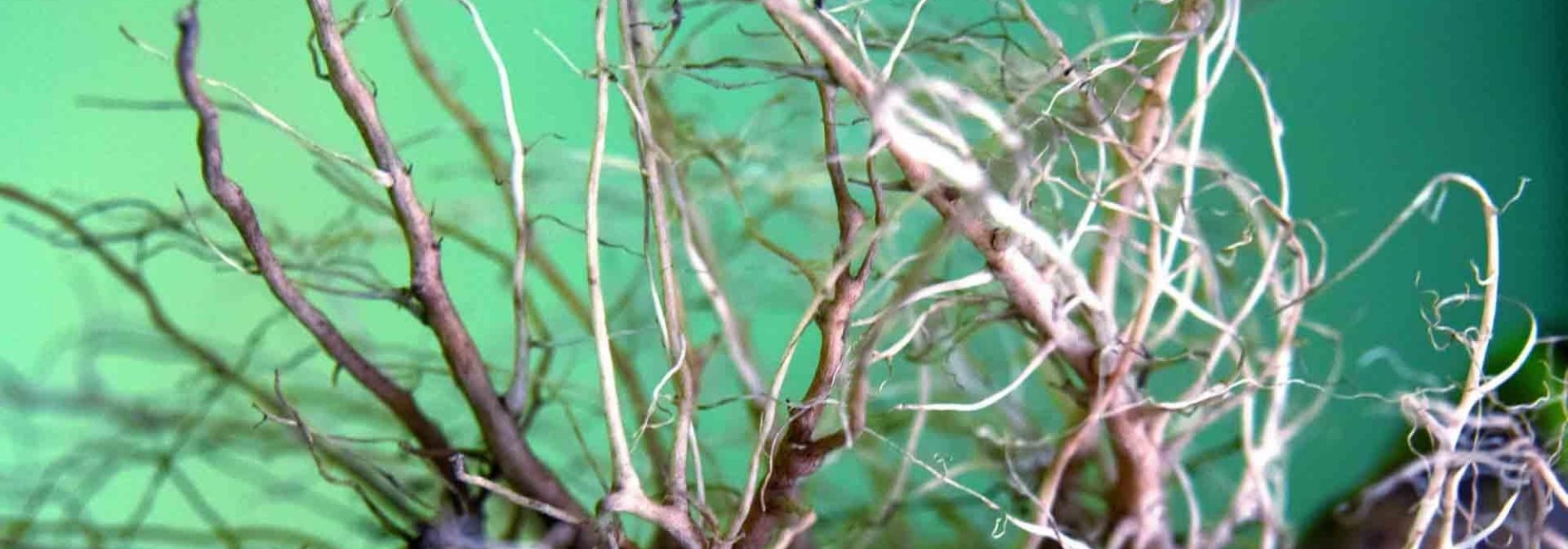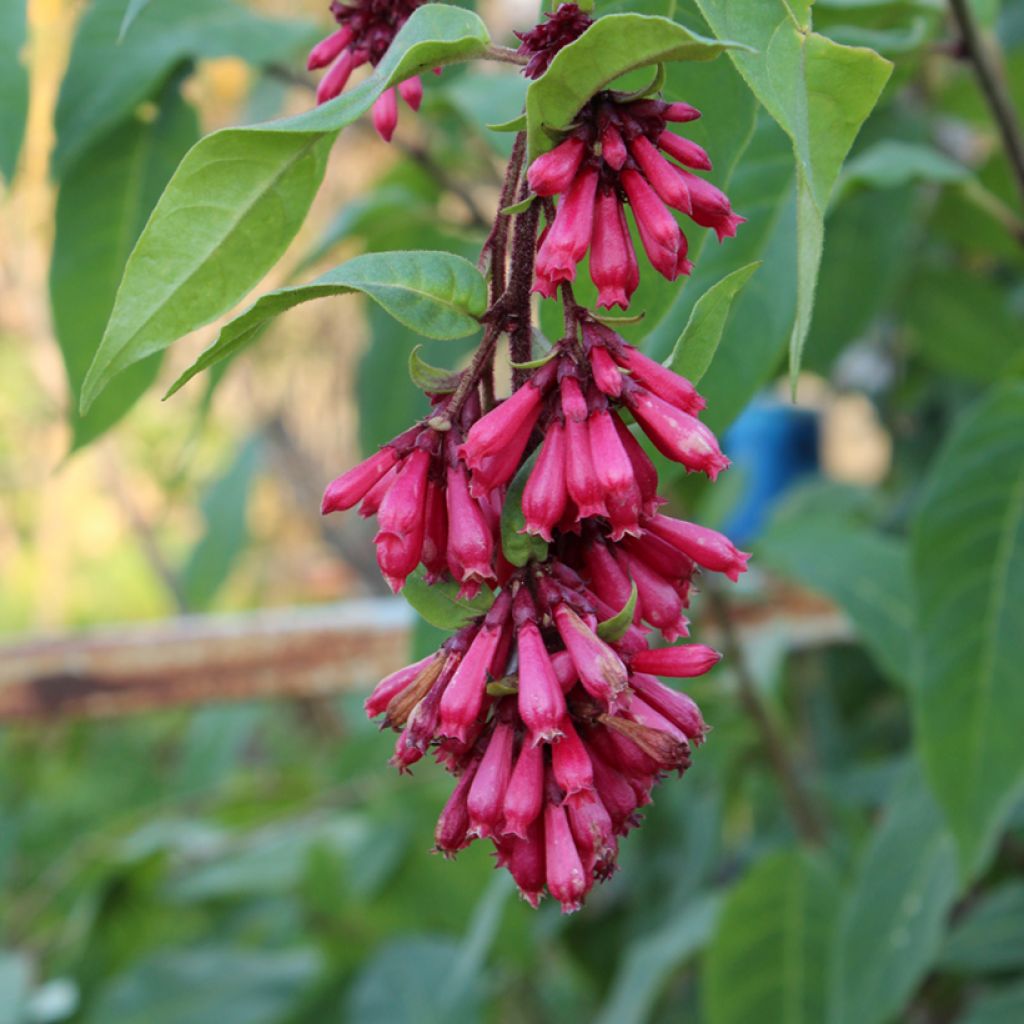

Cestrum fasciculatum Newellii - Mexican red cestrum
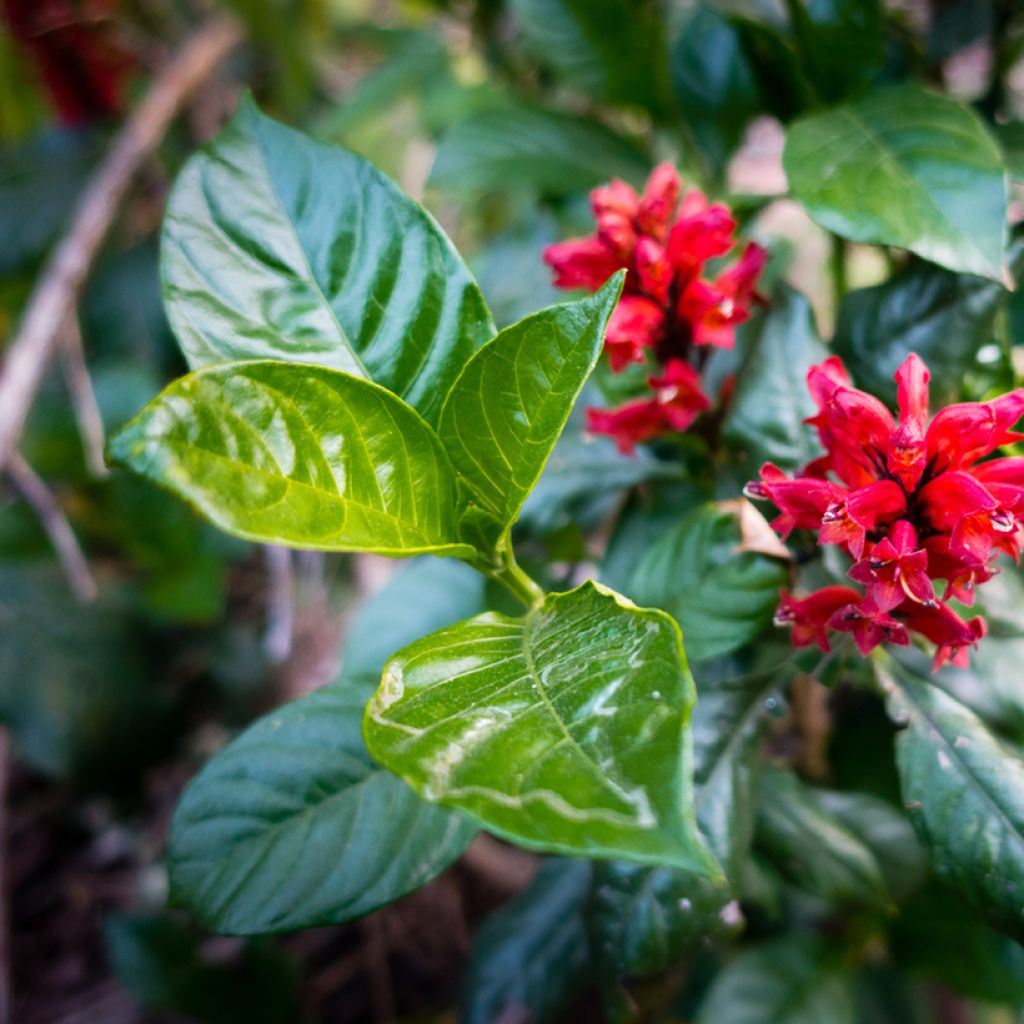

Cestrum fasciculatum Newellii - Mexican red cestrum
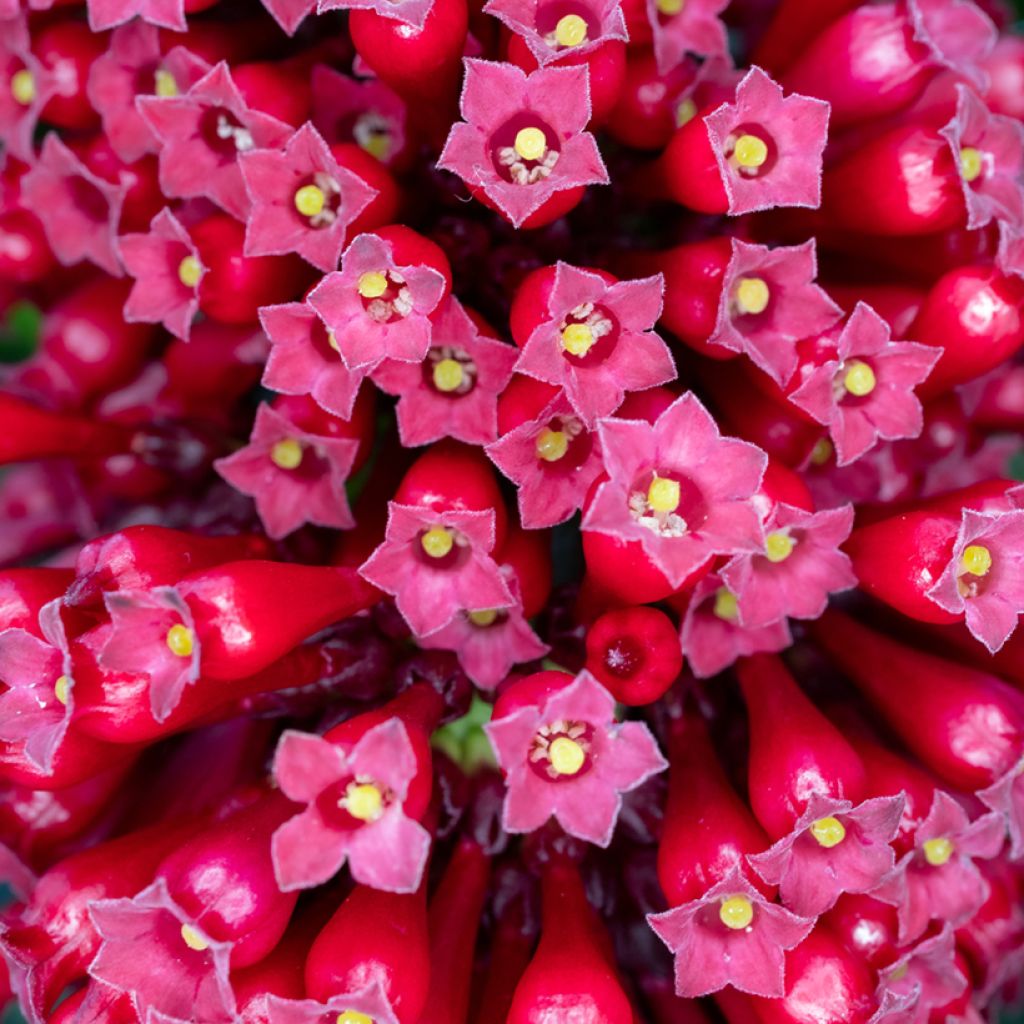

Cestrum fasciculatum Newellii - Mexican red cestrum
Cestrum fasciculatum Newellii - Mexican red cestrum
Cestrum fasciculatum Newellii
Jessamine, Red cestrum
Special offer!
Receive a €20 voucher for any order over €90 (excluding delivery costs, credit notes, and plastic-free options)!
1- Add your favorite plants to your cart.
2- Once you have reached €90, confirm your order (you can even choose the delivery date!).
3- As soon as your order is shipped, you will receive an email containing your voucher code, valid for 3 months (90 days).
Your voucher is unique and can only be used once, for any order with a minimum value of €20, excluding delivery costs.
Can be combined with other current offers, non-divisible and non-refundable.
Home or relay delivery (depending on size and destination)
Schedule delivery date,
and select date in basket
This plant carries a 24 months recovery warranty
More information
We guarantee the quality of our plants for a full growing cycle, and will replace at our expense any plant that fails to recover under normal climatic and planting conditions.
Does this plant fit my garden?
Set up your Plantfit profile →
Description
Cestrum fasciculatum 'Newellii', or Mexican Red Cestrum, is a rare exotic bush of great ornamental value. Its arching branches adorned with dark green, velvety-textured foliage lightly structure the space. From spring until early autumn, it becomes covered in bright red, slightly fragrant flowers, arranged in generous clusters that attract butterflies and pollinators. It can be left to grow freely or trained, depending on the desired effect. Suited to mild climates, it thrives in full sun, in well-drained soil kept moist in summer. Outside the mildest regions, it can be grown in a pot and overwintered like a citrus tree.
Cestrum fasciculatum 'Newellii' belongs to the Solanaceae family. The botanical species Cestrum fasciculatum is native to central Mexico, where it thrives in subtropical zones, often on forest edges or well-drained slopes. The 'Newellii' cultivar was selected for its ornamental qualities, particularly its spectacular flowering and balanced growth. This vigorous bush features arching shoots and reaches a height of 1.5 to 2 metres, with a similar spread. Its growth is relatively fast. Its foliage consists of ovate, pointed leaves, measuring up to 13 centimetres long, in a deep, dark green, slightly velvety to the touch. Depending on the climate, they may be evergreen or semi-evergreen in winter. The flowering period, which lasts from May to October, is one of this plant's major assets. It produces crimson-red tubular flowers, grouped in dense clusters at the branch tips. Each flower measures about 2 to 3 cm long. Though their fragrance is subtle, they attract many pollinators such as butterflies and bees. After flowering, the bush forms small reddish-purple berries around 1.5 cm in diameter, containing several small brown seeds, adding further ornamental appeal. All parts of this plant are toxic if ingested.
The Mexican Red Cestrum is moderately hardy, tolerating temperatures down to -6/-8°C briefly and in sheltered positions. This bush makes an excellent orangery plant. In mild climates, it can be used in informal hedges, shrub borders, or as a standalone specimen to create a focal point. In cooler climates, it also works well in containers on a terrace, where it can be easily overwintered. It pairs beautifully with Leonotis leonurus (Lion's Tail) with its fiery orange inflorescences and Phormium 'Yellow Wave' variegated in yellow and green. Play with differences in height and texture to create a harmonious plant display.
Report an error about the product description
Cestrum fasciculatum Newellii - Mexican red cestrum in pictures




Plant habit
Flowering
Foliage
Botanical data
Cestrum
fasciculatum
Newellii
Solanaceae
Jessamine, Red cestrum
South America
Other Shrubs A to Z
View all →Planting and care
Cestrum fasciculatum Newellii is best planted in spring, in full sun or partial afternoon shade. It adapts to ordinary soil enriched with compost, well-drained, moist, and fertile. Once well-established, the bush can tolerate temporary droughts, but it's preferable to water it regularly in summer to encourage growth and flowering. Cestrum is not prone to any specific diseases or parasitic issues. However, keep an eye out for red spider mites and whiteflies on plants grown indoors or in greenhouses. The above-ground vegetation is destroyed as soon as temperatures drop to freezing (0°C). But the crown can regrow in spring after a brief frost of around -5°C. When well-protected under a thick mulch, this crown sometimes proves even more hardy, particularly in fairly dry winter soil. Prune in late winter if necessary.
Planting period
Intended location
Care
Planting & care advice
This item has not been reviewed yet - be the first to leave a review about it.
Haven't found what you were looking for?
Hardiness is the lowest winter temperature a plant can endure without suffering serious damage or even dying. However, hardiness is affected by location (a sheltered area, such as a patio), protection (winter cover) and soil type (hardiness is improved by well-drained soil).

Photo Sharing Terms & Conditions
In order to encourage gardeners to interact and share their experiences, Promesse de fleurs offers various media enabling content to be uploaded onto its Site - in particular via the ‘Photo sharing’ module.
The User agrees to refrain from:
- Posting any content that is illegal, prejudicial, insulting, racist, inciteful to hatred, revisionist, contrary to public decency, that infringes on privacy or on the privacy rights of third parties, in particular the publicity rights of persons and goods, intellectual property rights, or the right to privacy.
- Submitting content on behalf of a third party;
- Impersonate the identity of a third party and/or publish any personal information about a third party;
In general, the User undertakes to refrain from any unethical behaviour.
All Content (in particular text, comments, files, images, photos, videos, creative works, etc.), which may be subject to property or intellectual property rights, image or other private rights, shall remain the property of the User, subject to the limited rights granted by the terms of the licence granted by Promesse de fleurs as stated below. Users are at liberty to publish or not to publish such Content on the Site, notably via the ‘Photo Sharing’ facility, and accept that this Content shall be made public and freely accessible, notably on the Internet.
Users further acknowledge, undertake to have ,and guarantee that they hold all necessary rights and permissions to publish such material on the Site, in particular with regard to the legislation in force pertaining to any privacy, property, intellectual property, image, or contractual rights, or rights of any other nature. By publishing such Content on the Site, Users acknowledge accepting full liability as publishers of the Content within the meaning of the law, and grant Promesse de fleurs, free of charge, an inclusive, worldwide licence for the said Content for the entire duration of its publication, including all reproduction, representation, up/downloading, displaying, performing, transmission, and storage rights.
Users also grant permission for their name to be linked to the Content and accept that this link may not always be made available.
By engaging in posting material, Users consent to their Content becoming automatically accessible on the Internet, in particular on other sites and/or blogs and/or web pages of the Promesse de fleurs site, including in particular social pages and the Promesse de fleurs catalogue.
Users may secure the removal of entrusted content free of charge by issuing a simple request via our contact form.
The flowering period indicated on our website applies to countries and regions located in USDA zone 8 (France, the United Kingdom, Ireland, the Netherlands, etc.)
It will vary according to where you live:
- In zones 9 to 10 (Italy, Spain, Greece, etc.), flowering will occur about 2 to 4 weeks earlier.
- In zones 6 to 7 (Germany, Poland, Slovenia, and lower mountainous regions), flowering will be delayed by 2 to 3 weeks.
- In zone 5 (Central Europe, Scandinavia), blooming will be delayed by 3 to 5 weeks.
In temperate climates, pruning of spring-flowering shrubs (forsythia, spireas, etc.) should be done just after flowering.
Pruning of summer-flowering shrubs (Indian Lilac, Perovskia, etc.) can be done in winter or spring.
In cold regions as well as with frost-sensitive plants, avoid pruning too early when severe frosts may still occur.
The planting period indicated on our website applies to countries and regions located in USDA zone 8 (France, United Kingdom, Ireland, Netherlands).
It will vary according to where you live:
- In Mediterranean zones (Marseille, Madrid, Milan, etc.), autumn and winter are the best planting periods.
- In continental zones (Strasbourg, Munich, Vienna, etc.), delay planting by 2 to 3 weeks in spring and bring it forward by 2 to 4 weeks in autumn.
- In mountainous regions (the Alps, Pyrenees, Carpathians, etc.), it is best to plant in late spring (May-June) or late summer (August-September).
The harvesting period indicated on our website applies to countries and regions in USDA zone 8 (France, England, Ireland, the Netherlands).
In colder areas (Scandinavia, Poland, Austria...) fruit and vegetable harvests are likely to be delayed by 3-4 weeks.
In warmer areas (Italy, Spain, Greece, etc.), harvesting will probably take place earlier, depending on weather conditions.
The sowing periods indicated on our website apply to countries and regions within USDA Zone 8 (France, UK, Ireland, Netherlands).
In colder areas (Scandinavia, Poland, Austria...), delay any outdoor sowing by 3-4 weeks, or sow under glass.
In warmer climes (Italy, Spain, Greece, etc.), bring outdoor sowing forward by a few weeks.






























